Getting your outdoor plumbing system ready for colder seasons can save you from headaches when the temperature plunges. But, if you don't know how to winterize your water piping without a shutoff valve, you're in luck! We've done thorough research to help you keep your outdoor faucet safe during winter.
There are various ways to winterize your outdoor faucets without a shut-off valve. Choose any of these, whichever you believe will work best for you.
- Turn off and remove the remaining water from the outdoor faucet.
- Install an outdoor faucet cover.
- Replace the old faucet with a frost-free hose or spigot.
We'll discuss some tips if you're still not sure how to proceed. Continue reading to find out which option will be most effective for you considering your resources.
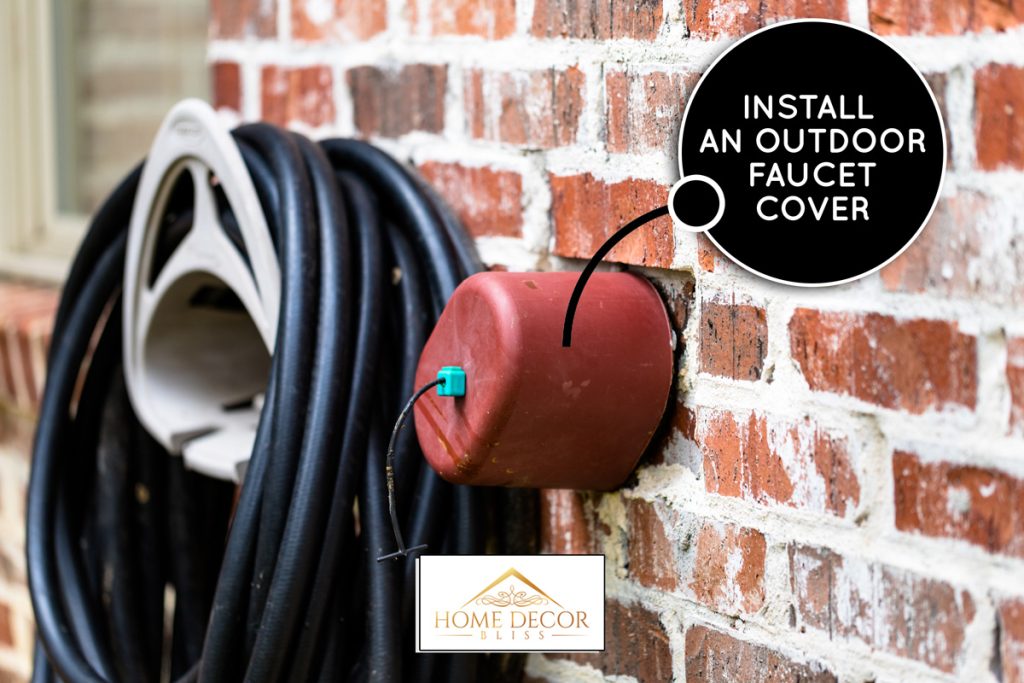
How to winterize your outdoor faucet without a shut-off valve
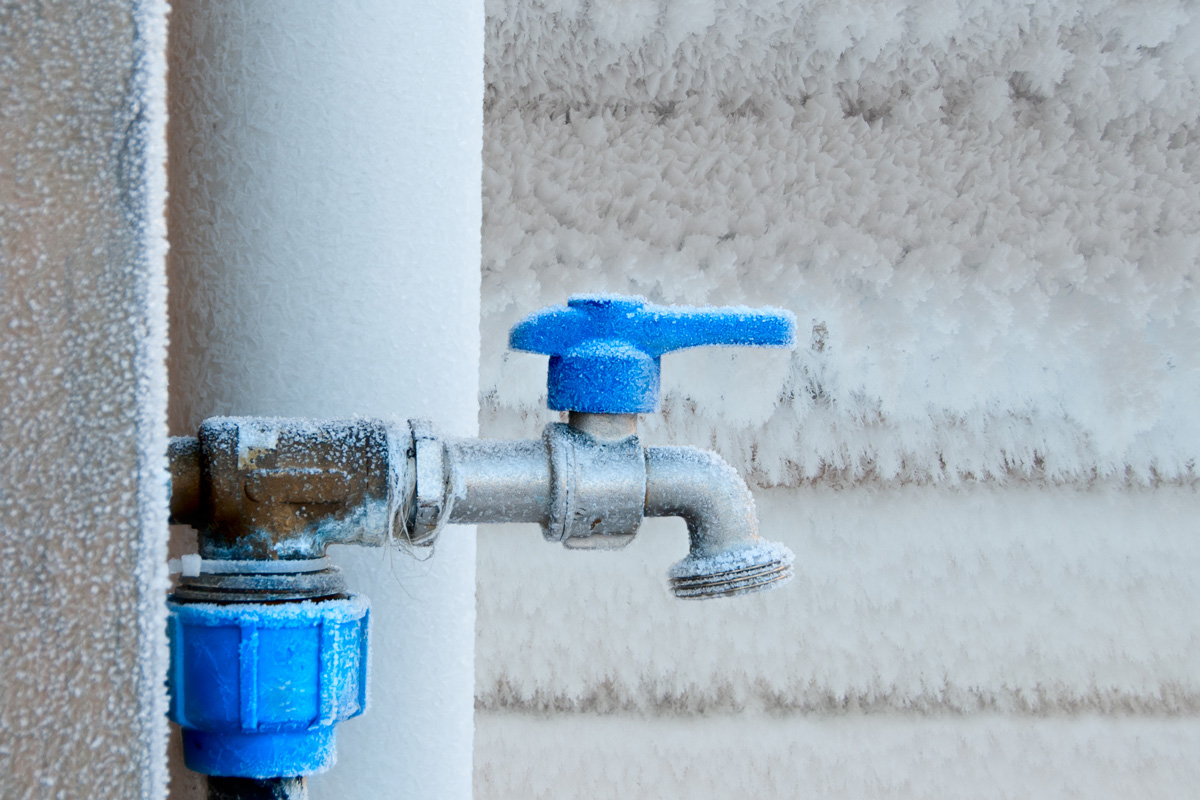
We may include affiliate links and curated AI content to highlight top design styles.
Not all exterior faucets have a separate shutoff valve. If yours is like this too, don't worry. As long as you are familiar with your house's piping system, it will be done in no time.
If help is needed, don't think twice to call a professional local plumber. If you think you can DIY this job, here are the methods to winterize your faucet. Feel free the choose any of the following:
Turn Off And Remove The Remaining Water From The Outdoor Faucet
Step 1: Locate the pipe from inside your house that leads to the outside faucet. It is typically found in your basement or garage.
Step 2: Take off the hose from the faucet and store it horizontally in a place with no direct sunlight and snow.
Step 3: Turn off the water flow by simply turning off the knob or lever clockwise until the water stops.
Step 4: Turn on the valve of the outdoor faucet until all the water has drained out the pipes. Some systems have valves without handles or knobs. You have to clamp a vise-grip or pliers and turn it clockwise.
Step 5: Place a bucket under the shut-off valve in your basement after you drained the outside faucet and pipes. Then, go back outside to turn on the external spigot and release the remaining water trapped in the pipe. It reduces the chance of pipe freezing. If necessary, this will also allow you to do a safe repair to your faucet.
Step 6: Don't forget to double-check to make sure that your piping system is empty. You can now enjoy your winter without worries.
Install An Outdoor Faucet Cover
An outdoor faucet cover is insulated to cover the exterior faucet and confine the heat inside the piping system. It is economical because it can be reused for years before you need to replace them. Determining your needs will help you choose the kind of faucet cover to use.
Before installing the faucet cover, it is better to do the winterizing process discussed above to ensure that there is no water retained in the spigot that might freeze. It will be more efficient to prevent your plumbing system from major damage.
Please watch this video for more details:
Types Of Faucet Cover
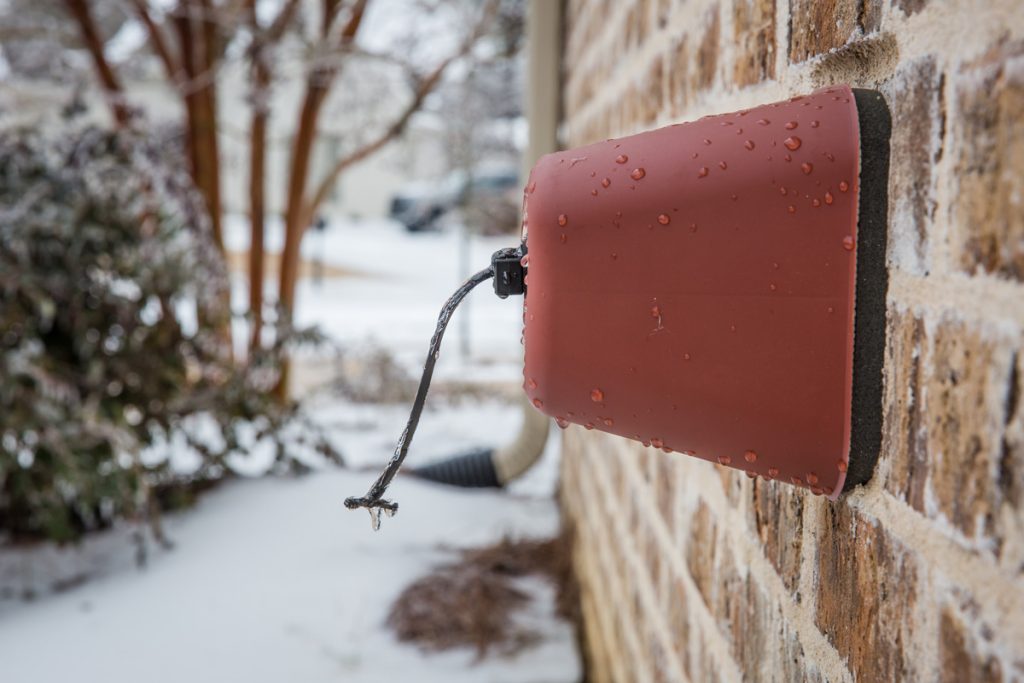
There are two common types of faucet cover. One is a rigid thermal foam square or dome-shaped shell with flexible gaskets that easily fit over outdoor faucets. Not only is it cost-effective, but it is also completely reusable for future seasons.


Check out this outdoor foam faucet cover on Amazon.
Another type is a flexible bag made of thick fabric stuffed with insulation. Also, this is one of the more adaptable choices due to the flexibility and thickness of its construction, and it even includes a convenient string tie, making it easy to install.



Check out this pair of outdoor faucet cover socks on Amazon.
Either design offers good protection against the faucet bursting from freezing. But both should be placed correctly so that they seal securely around the base of the faucet.
Replace The Old Faucet With A Frost-Free Hose Or Spigot
If you think that the two methods mentioned above wouldn't ease your worry in winter, why not try replacing your old faucet with a modern frost-free spigot? It has many advantages and is less expensive, so many gardeners prefer to install it.
The frost-free outdoor faucet or frost-proof faucet is made to safely drain off any water that remains in the pipe when you close the shut-off valve. However, you still have to winterize your frost-free hose with this easier procedure below:
Step 1: Turn off the water shut-off valve that supplies your outdoor faucet in the basement. The remaining water in your pipe will automatically drain out, so there is nothing to worry about.
Step 2: Don't forget to remove the hose connected to the faucet and drain the water. The remaining liquid in the hose will freeze, which can damage the hose and faucet.
For a more effective winterized water system, now is the time to replace your old-fashioned shut-off valve drain system with a modern frost-free hose or spigot.
Why is it so necessary to winterize your outdoor faucet?
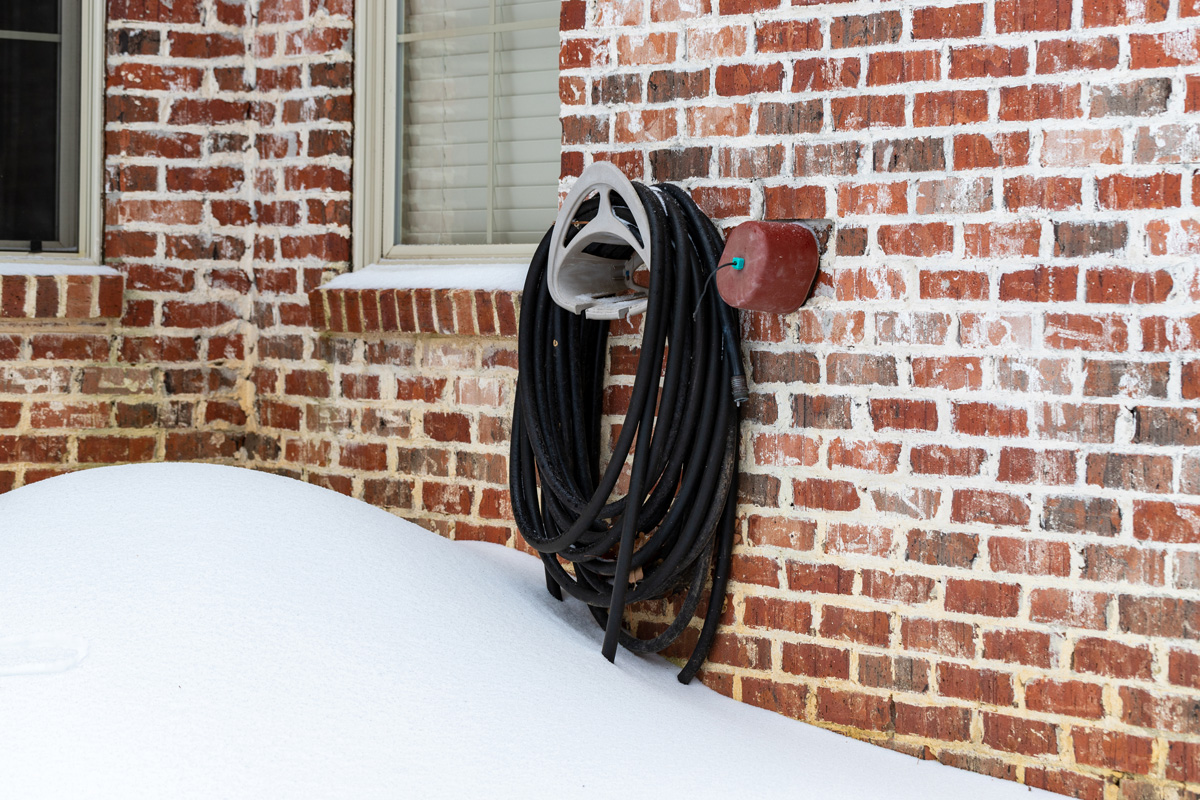
Water expands when it freezes, and your outdoor plumbing system is not exception.. Too much expansion could harm the pipe or the faucet as it can't withstand the pressure from the rising volume inside the pipe.
When water damage from frozen pipes occurs, you will want to call a plumber to fix it, or in the worst case, you have to replace your piping system. This can be expensive. However, investing a modest amount of money in maintaining and winterizing your water system could save you signifigant money in the long run.
At what temperature will outside faucets freeze?
According to Farm Bureau Insurance, pipes have a temperature warning threshold of 20°F—in which pipes will start to freeze or even burst. However, faucets can freeze when they are left out in the cold for at least 6 hours at a temperature higher than the threshold.
How does a frost-free faucet work?
The water is halted behind the valve when you turn off the water on a frost-free faucet. The water won't freeze because the stopped water by the valve is set inside your home where the level of temperature of the air is higher than the outside. And because the remaining water outside the valve automatically drains, there is nothing left to freeze.
To ensure everything is properly installed, it is best to let a professional plumber handle the work. This could reduce the risk of leakage that might occur when incorrectly installed.
Where is my outdoor faucet shut-off valve?
Your home's outdoor water shut-off valve's location is depending on where the builder or plumber can practically connect to the main water system of your whole house. Check your basement first if you have one.
For new homes, it is generally put on the unfinished section of your basement. For older homes or the whole basement is unfinished, it is usually near the ceiling, on the inside wall opposite your outdoor faucet.
If your basement ceiling has drop tiles instead of drywall, remove one tile or two and look it up there. If you don't have a basement, the valve should be in your crawl space. For no crawlspace or basement, try checking it under your kitchen sink or could be in the back of your closet.
Is it better to cover outside faucets or let them drip?
It is recommended to drain your outside piping system to winterize your outdoor faucet. However, according to Red Cross, it is advisable to leave your faucet dripping during cold weather for one main reason: it is to avoid pipes from freezing.
You might be worried about your water bills for the month, but practically speaking, it is cheaper than paying for pipe repairs in the future.
Do you need to cover frost-free faucets?
If installed correctly, frost-free faucets do not need additional outside insulation. But, it doesn't guarantee that the "freeze-proof" faucets marketed will not freeze in harsh and coldes winter temperatures.
So, these faucets are best with an outdoor cover too. Installing each with a cover is a good step to avoid potential problems for a long time.
Final Thoughts
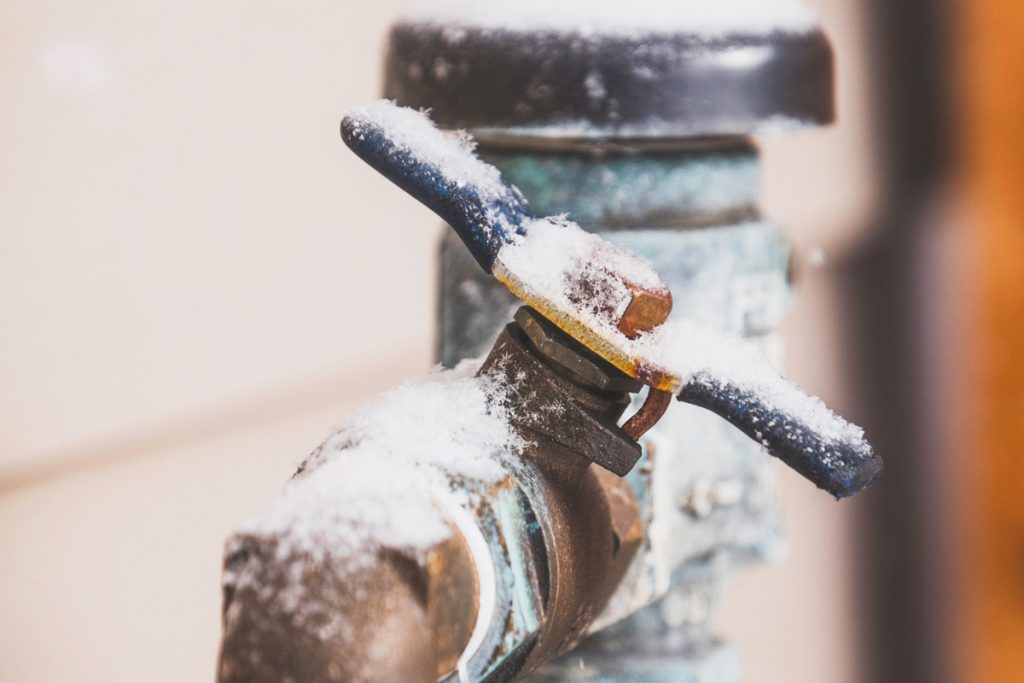
Choosing methods for saving your outdoor faucet and piping system from bursting or cracking depends on the availability of resources you have. Whichever of the winterizing methods we have discussed above is effective if employed properly.
So even if you decide to go out for a long winter vacation, you'll have peace of mind as you're able to prevent expensive damage and leaks to your home.
Before you go, check out these other posts:



